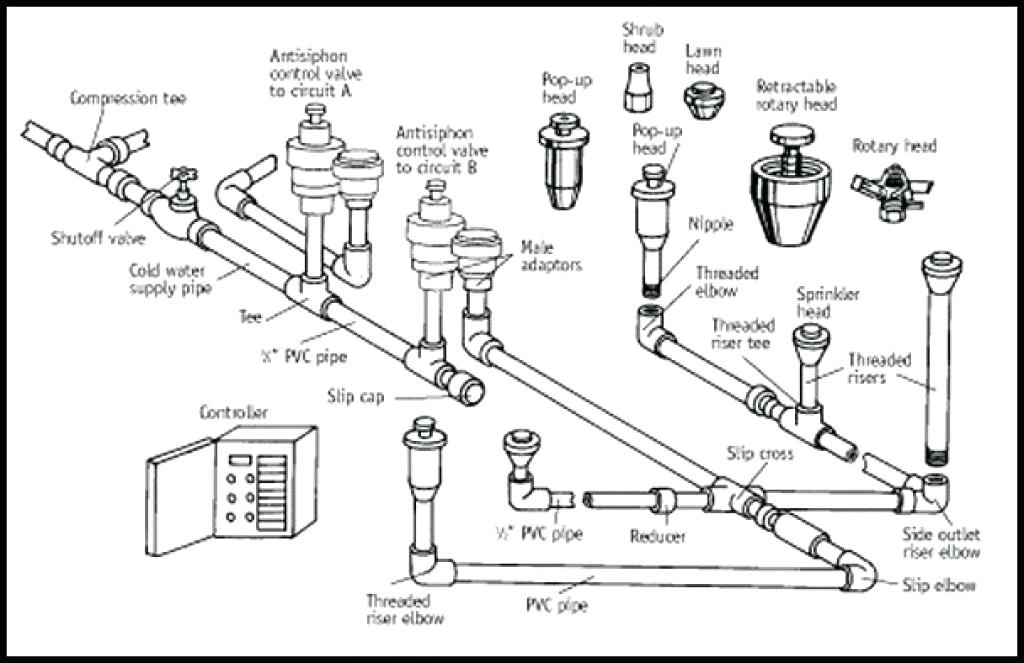
Then, hydrant B is opened wide and another pressure reading is taken at hydrant A.

First, a static pressure reading is taken at hydrant A while neither hydrant is flowing water. For a municipal water supply, capacity is determined with a flow test performed at nearby fire hydrants.Ī flow test requires at least two hydrants, A and B. The factors that determine capacity include flow rate (in gallons per minute, GPM), pressure (in pounds per square inch, PSI), and duration (how long it can maintain the required pressure and flow). Whatever the source, it must have sufficient capacity for fire control ( 5.1.3). But in most cases, a municipal waterworks is the go-to supply. Many possible sources can be used, including city water, ponds, rivers, reservoirs, water tanks, pressure tanks, and gravity tanks or water towers. NFPA 13 requires an automatic water supply for sprinkler systems ( 5.1.2), meaning that the water will flow through sprinkler heads without any human intervention.

Sprinkler system design begins with water- everything else depends on having enough of it ready to control a fire. Start with the basics-determining the water supply Usually, at least a NICET Level III Water-Based System Layout certification is required to work without supervision as a sprinkler system designer. Jurisdictions often defer testing and licensing for sprinkler system layout to the National Institute for Certification in Engineering Technologies ( NICET). They frequently hold a Professional Engineer (PE) certification and meet local and state licensing standards. We’ll frequently refer to NFPA 13 : Standard for the Installation of Sprinkler Systems (2019 edition), the document adopted by jurisdictions that govern commercial fire sprinkler system design.įire sprinkler design is a detailed process, and designers are highly skilled and qualified professionals. Identifying the hazard level of the building and the protection requiredĪt each step, we explain broadly what a designer has to do, including the calculations (financial and technical) involved.
(b)(iv)-1.tmb-firecode.png)

Some sprinkler types in specific systems take this further-they’re designed to completely suppress a fire in more challenging environments like storage facilities.īut how are fire sprinkler systems designed, from head types to pipe to pressure? It’s a pretty complicated process, so we obviously can’t explain everything. When a fire breaks out, standard spray sprinklers control the blaze by cooling and wetting surfaces to deprive it of fuel sources and prevent flashover, the sudden ignition of everything in a room when it reaches autoignition temperature. Fire sprinkler design takes expertise and meticulous planningįire sprinkler systems save lives.


 0 kommentar(er)
0 kommentar(er)
